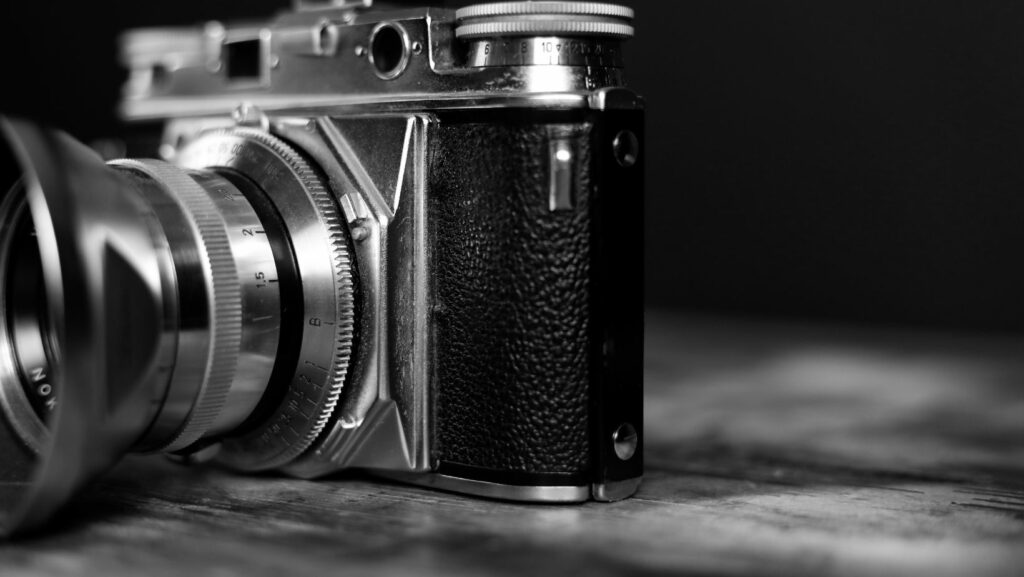In the world of photography, mastering the art of composition can transform a simple snapshot into a compelling story. Among the myriad of techniques at a photographer’s disposal, leading lines stand out as a powerful tool to guide the viewer’s eye through the frame. This technique not only adds depth and dimension but also directs attention to the focal points, creating a seamless narrative within the visual medium.
Photography Leading Lines
The Importance of Leading Lines in Photographic Composition
Photography leading lines play a crucial role in photographic composition, guiding the viewer’s eye through the image. These lines serve as invisible paths, leading from the edge of the frame towards the main subject, thereby ensuring the viewer’s attention is focused where the photographer intends. Whether it’s a winding river, a street extending into the horizon, or architectural elements such as bridges or buildings, leading lines add depth and perspective, transforming a flat image into a dynamic story.
 By effectively utilizing photography leading lines, photographers can create a sense of movement and flow within their compositions. This not only makes the photographs more interesting and engaging but also imbues them with a sense of purpose. The eye naturally follows these lines, making photographs with strong leading lines more enjoyable and easier to understand.
By effectively utilizing photography leading lines, photographers can create a sense of movement and flow within their compositions. This not only makes the photographs more interesting and engaging but also imbues them with a sense of purpose. The eye naturally follows these lines, making photographs with strong leading lines more enjoyable and easier to understand.
Furthermore, leading lines can greatly enhance the narrative quality of an image. They don’t just lead the eye; they can also lead the imagination, drawing viewers into the scene and helping them connect with the photograph on a deeper level. Through careful composition, photographers can use leading lines to direct viewers’ attention to specific elements, emphasizing the significance of the subject or creating a particular mood or emotion.
In landscapes, leading lines can draw attention to the vastness and grandeur of natural scenery. In urban photography, they can highlight the geometry and symmetry of man-made structures. Regardless of the subject, understanding how to spot and incorporate leading lines into a composition is a skill that can significantly elevate a photographer’s work.
Types of Leading Lines in Photography
Straight Lines: Power and Direction
 Straight lines in photography serve as strong visual elements that convey power and direction, guiding the viewer’s eye straight toward the main subject or into the distance, creating a sense of depth and perspective. Photographers often use roads, pathways, railways, and architectural features to incorporate straight leading lines into their compositions. These elements not only draw attention to the focal point but also add a structural backbone to the image, making it more dynamic and engaging. Straight lines are particularly effective in emphasizing movement and guiding the viewer’s gaze in a specific direction, thus playing a crucial role in the storytelling aspect of photography. By using straight lines, photographers can significantly enhance the visual impact of their work, turning ordinary scenes into compelling visual narratives.
Straight lines in photography serve as strong visual elements that convey power and direction, guiding the viewer’s eye straight toward the main subject or into the distance, creating a sense of depth and perspective. Photographers often use roads, pathways, railways, and architectural features to incorporate straight leading lines into their compositions. These elements not only draw attention to the focal point but also add a structural backbone to the image, making it more dynamic and engaging. Straight lines are particularly effective in emphasizing movement and guiding the viewer’s gaze in a specific direction, thus playing a crucial role in the storytelling aspect of photography. By using straight lines, photographers can significantly enhance the visual impact of their work, turning ordinary scenes into compelling visual narratives.
How to Use Leading Lines Effectively
In the realm of photography, leading lines serve as a powerful compositional tool, guiding the viewer’s eye towards the intended focus of the image. They create a path for the eye to follow, emphasizing the main subject and enhancing the overall impact of the photograph. To master the effective use of leading lines, photographers must first become adept at identifying these elements in their surroundings.
Finding Leading Lines in Your Environment
Photographers can find leading lines almost anywhere, from the natural curves of a river to the rigid structures of urban architecture. The key lies in observation and visualization. In nature, leading lines can appear as waves on a beach, rows of trees, or mountain ridges. Each element guides the viewer’s gaze in a particular direction, often towards the horizon or a specific point of interest.
In urban settings, photographers have an abundance of straight lines at their disposal. Streets, pathways, railway tracks, and architectural elements like windows, doors, and bridges all serve as leading lines. These man-made structures offer a more defined direction, creating a dynamic contrast against the randomness of natural lines. By paying attention to how these lines interact with their environment and the subject, photographers can use them to craft images with greater depth and narrative.


